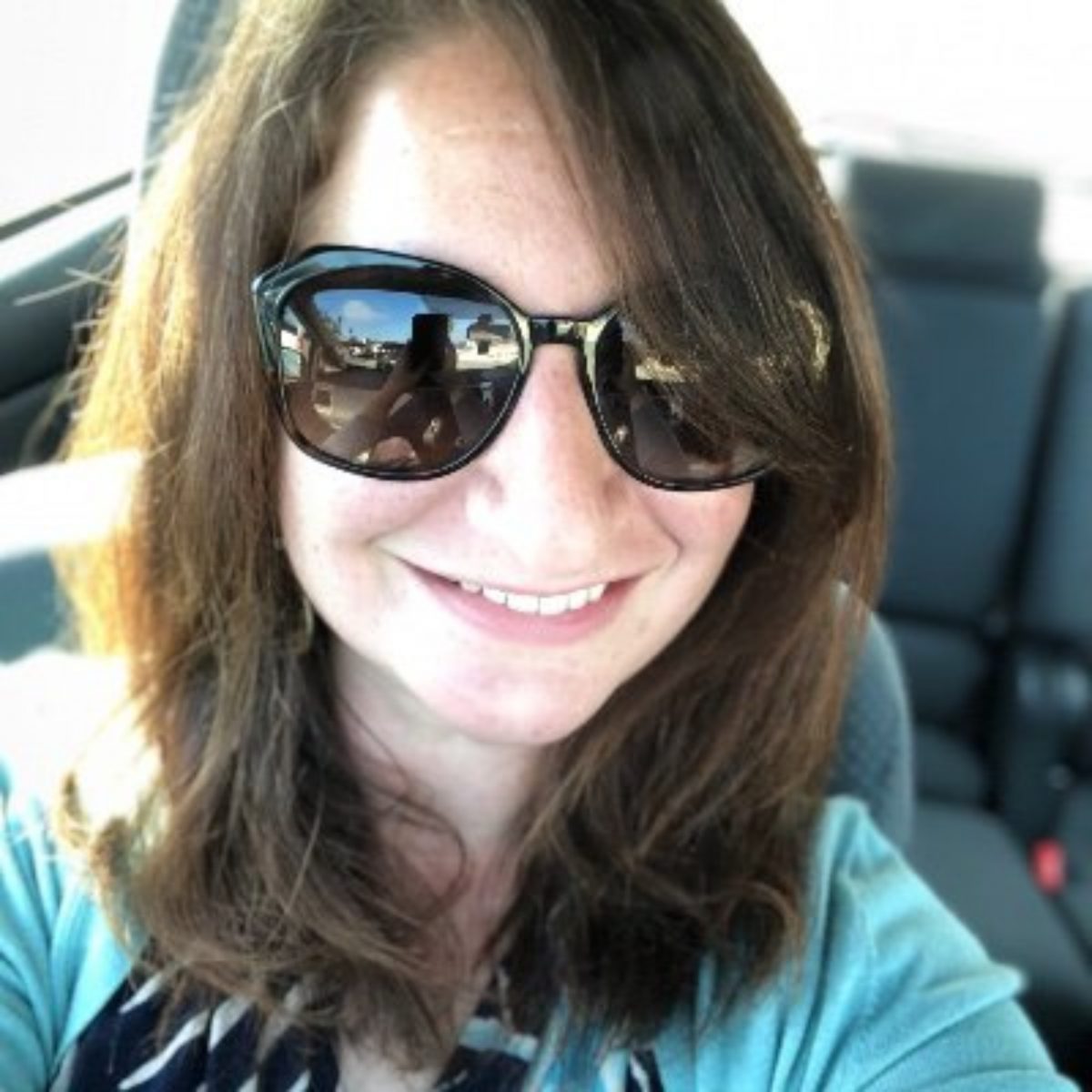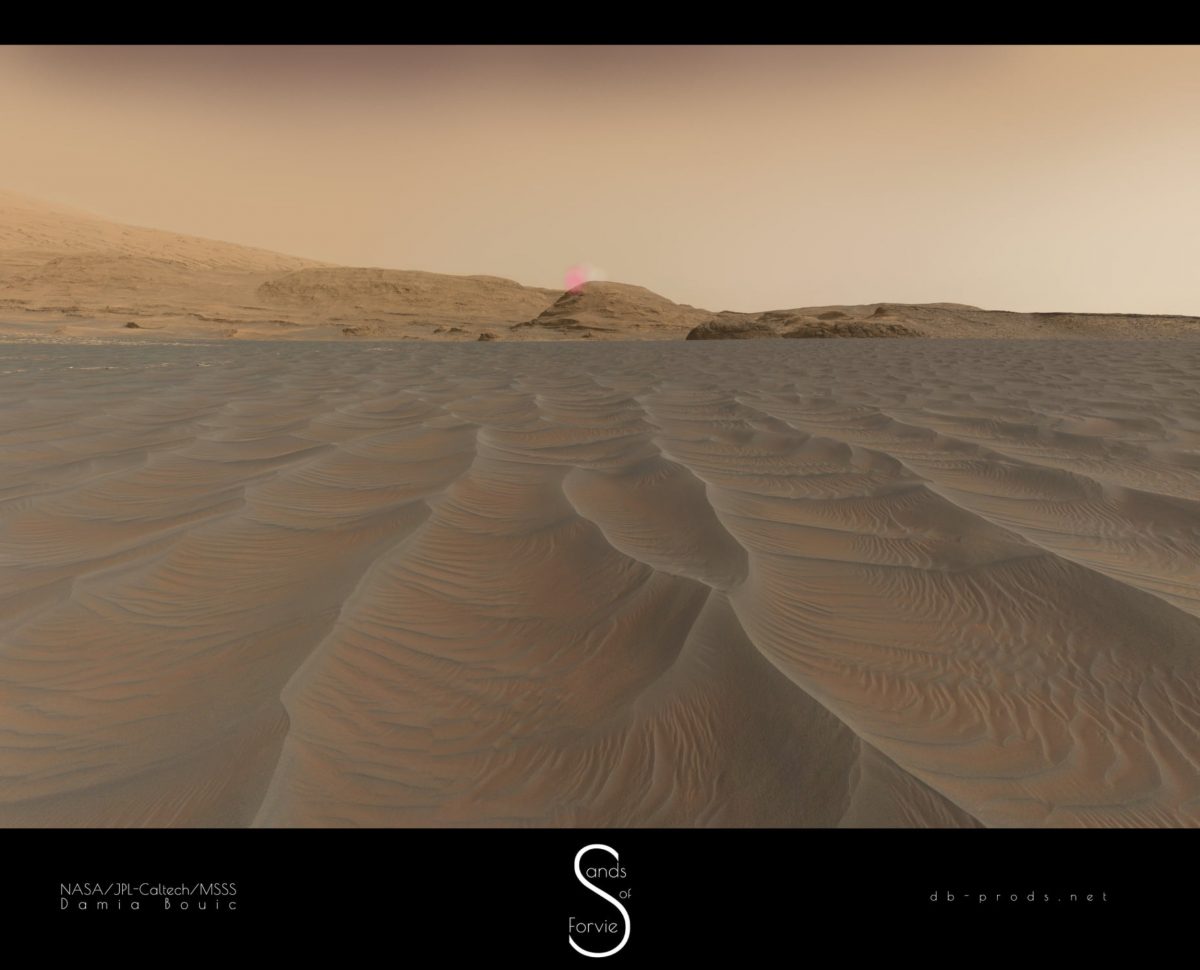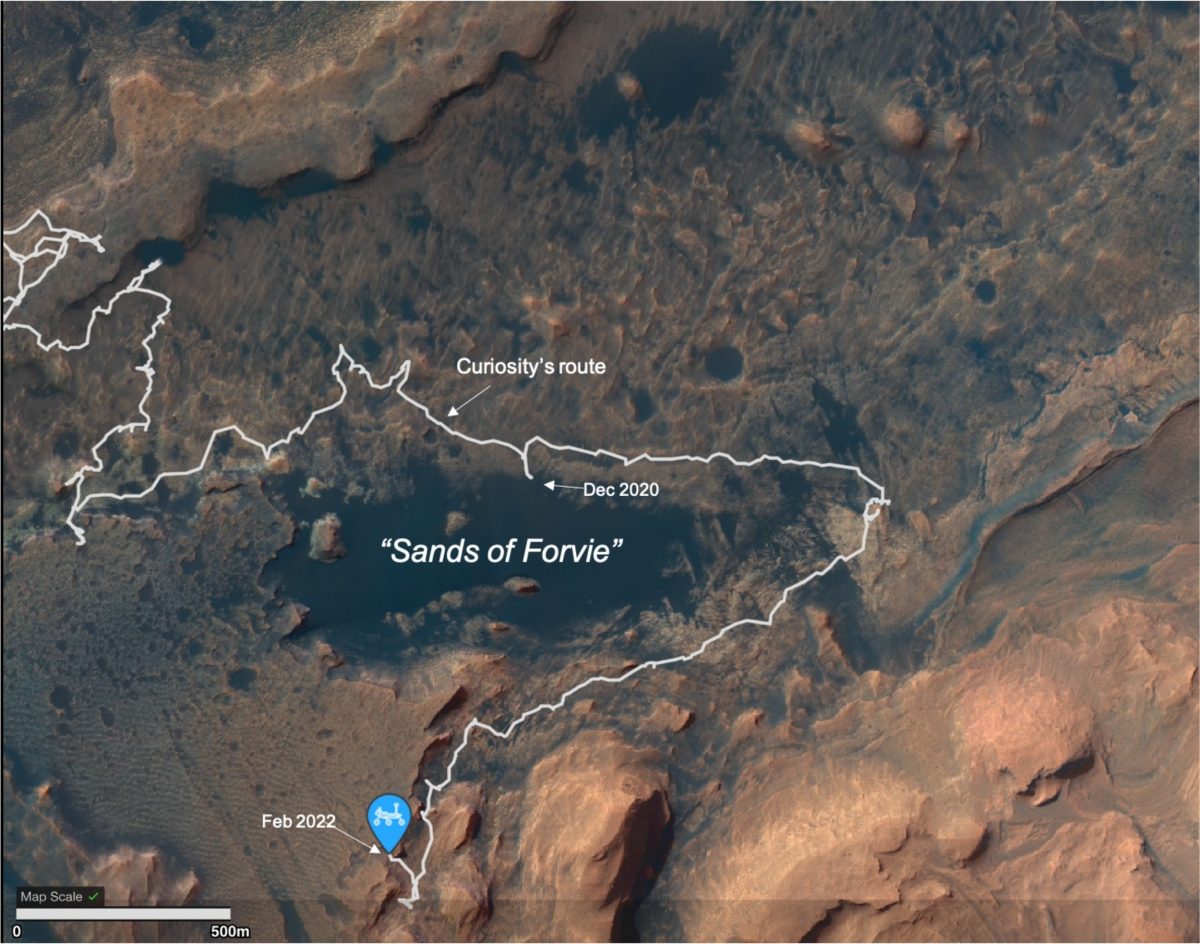A NASA planetary scientist has revealed how her two colleagues have been the driving force behind naming areas on Mars after Scottish locations.
Abigail Fraeman said it has been fun learning more about Scotland over recent years while working alongside Professor John Bridges and Professor Sanjeev Gupta.
The deputy project scientist of Curiosity, a car-sized rover on Mars, has been working with the professors’ on the £3billion mission to find evidence of life on the planet.

Fraeman, from Pasadena, California, said her two colleagues did field work in Scotland and have been leading the effort when choosing Scottish names for areas on Mars.
Curiosity has recently been in the ‘Torridon’ quadrant where parts of the red planet have been named after Scottish towns, lochs, and regions of geologic interest.
So far, sections have been named after Scottish locations such as the seaside town of Maybole, the parish of Glenelg and the country’s capital, Edinburgh.
In a letter to Aberdeenshire Council ranger David Brown on Tuesday, Fraeman said: “Curiosity is currently in the ‘Torridon’ quadrant, so all of the names we have been using are related to Scottish towns, lochs, and regions of geologic interest.
“We have a couple science team members on the team from the UK who have done field work in Scotland – John Bridges from the University of Leicester and Sanjeev Gupta at Imperial College – and they have led the effort to collect target names that fit this theme.

“It’s been great fun for me to learn more about Scottish places during the last few years!
“We use the quadrant name as the theme to choose target names.
“One of the most striking features in the Torridon quadrant is a giant sheet of sand (~1 km wide), and ‘Sands of Forvie’ seemed like a very appropriate name for this feature to us.
“The ‘Sands of Forvie’ have been visible to Curiosity from many locations for months, and we had the opportunity to get up close and study this feature about a year ago.
“The sands here are black in colour because they are made from ground up bits of volcanic basalts, like the sands you’d see in Iceland.
“They are also coated in places in a thin layer of Martian dust.

“Studying features like this helps us understand modern sediment transport on Mars and better interpret Mars’ preserved sedimentary rock record.’”
She further explained: “Like all NASA missions to Mars, the Curiosity rover science team assigns informal names to the rocks and other geologic features we examined in order to help keep track of what is what.
“These names are not officially approved by the International Astronomical Union, but are very necessary for us because referring to ‘this rock’ and ‘this rock’ gets very confusing after looking at thousands of rocks.
“Each NASA Mars mission decides on their own unique convention for choosing feature names.
“For Curiosity, we divided our landing area into quadrants, and each quadrant is named after a region that contains famous geologic features on Earth.”
Referring to the Scottish area names, Professor Bridges previously told BBC Alba: “Scotland is really the birthplace of geology.”
Fraeman also shared several images that Curiosity has captured showing the Sands of Forvie on Mars.
Ranger David Brown shared Fraeman’s statement and images on Facebook yesterday, writing: “Nearly six weeks ago, I wrote to Abigail Fraeman, who works at NASA.
“I asked her why there is an area of Mars called ‘The Sands of Forvie.’ My letter finally arrived and she has replied attaching these photographs.”
The post has received over 700 likes and over 400 shares on social media users.
Bryony White said: “That’s fascinating, and a brilliant, thoughtful answer.
“Thank you for sharing.”
Jim Bissett said: “Very interesting, well worth the effort of contacting NASA.
“Thank you for sharing.”
Iain MacDonald said: “And of course, there’s also a part of Mars, I think it’s a crater, named Glenelg and ‘twinned’ with the West Highland community of the same name.”
Dan Benzie added: “Been there, going to be miffed if they run over my sandcastle.”
Speaking today, Brown said: “I’m chuffed to bits that this has generated so much interest in our corner of Aberdeenshire.
“It was great to receive such a full and comprehensive reply and the wonderful photographs.

“The postcard is a beautiful image, I love the idea of a postcard ‘from Mars’!
“I would never have thought that there were British scientists working at the NASA Jet Propulsion Laboratory who just happened to have done fieldwork in Scotland and who knew Forvie.
“You expect our National Nature Reserve to be famous in ornithological circles because of the bird life on the Ythan Estuary, it clearly is of interest to geologists too.
“I hope the attention the post created will draw even more people to visit this beautiful area of Aberdeenshire.”
Curiosity has been roaming Mars since 2011 and is expected to have enough power for a minimum of at least 14 years, but it could go on for longer.
